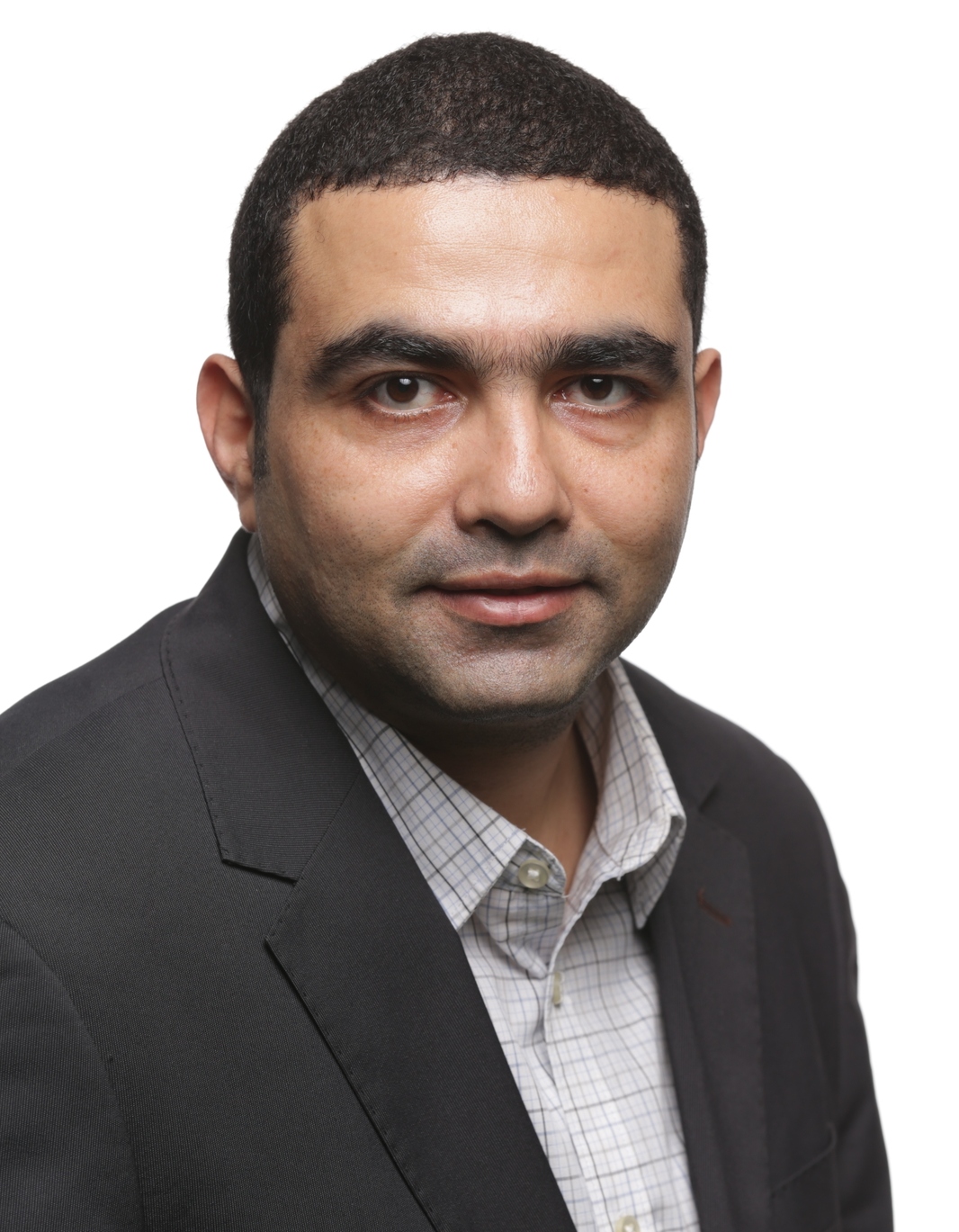
Tackling Today's Issues: Faculty Research Targets Pollution, COVID-19
Mohamed Swillam, chair and professor in the Department of Physics, was recently recognized as one of the top 2% most impactful scientists, being named in the Stanford-Elsevier's Scopus database of the most cited scientists.

The list is created by experts at Stanford University, based on data from Elsevier’s Scopus. It includes the top 2% scientists in 22 scientific fields and 176 subfields and provides standardized information on citations, h-index, co-authorship-adjusted hm-index, citations to papers in different authorship positions and a composite indicator.
With work ranging across different fields, Swillam’s projects have a number of practical applications in energy, air quality monitoring, 3D imaging for autonomous vehicles, augmented reality and even bacteria detection.
“This year, we are working on solar energy harvesting systems as part of our collaborative research work in the solar energy national alliance to empower the solar energy harvesting research and industry in Egypt,” he said.
With the Egyptian government aiming to widely increase the use of solar energy by 2027, this alliance has more than 30 academic and industrial partners.
Swillam’s lab is also working on chip biosensors for different applications. The work had previously been targeted at detecting gases and food pathogens but is focusing on virus and bacteria detection this year. In the midst of the COVID-19 pandemic, this project is one of many innovations that can be used to slow down the spread of such viruses.
“Our main goal for the upcoming years remains to develop a complete in-house system that is capable of detecting viruses and bacteria using cheap technology that allows sending real-time information directly through the internet,” Swillam said. “We are certain that we have the technology and skills to build such a system in our labs here at AUC and to make us ready for future pandemics.”
His team published more than 320 papers, received many grants and awards, and ranked as one of the most active groups in Egypt and worldwide.
“And this has all been done here at AUC with our Aucian students,” he added.
This isn’t all the COVID-19 work Swillam and his team are working on. They also secured a U.S. fund along with their partners at the British University for detecting SARS-Cov-2 using plasmonic sensors.
“We also reserved a national fund for collaborative work with a South African team in detecting SARS-Cov-2 using an innovative approach based on using specially designed nanoparticles,” Swillam said.
Adding on to the list of tackling everyday issues in the regions and globe, Swillam also dedicated time this year to work on modifying air pollution monitoring systems in urban cities like Cairo, one of Africa’s most polluted cities. These modifications can help provide real-time monitoring systems for the pollution level
